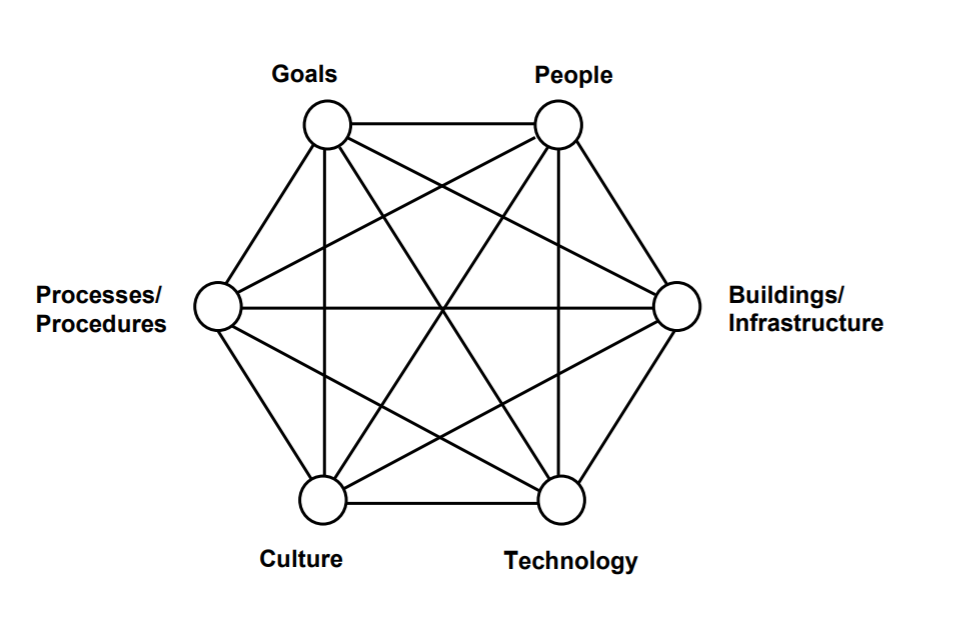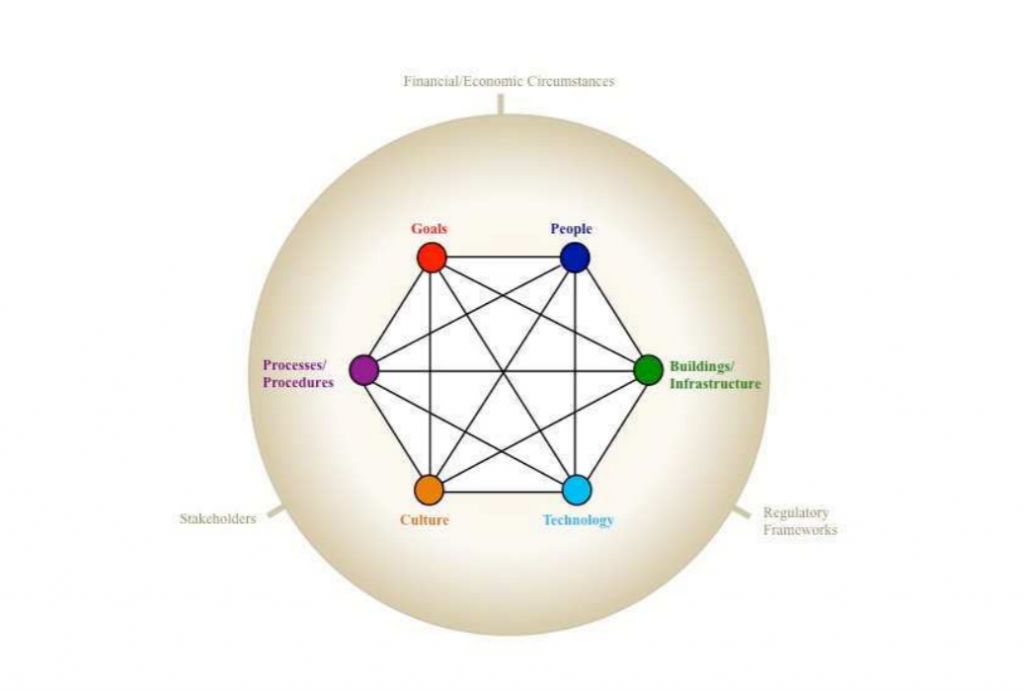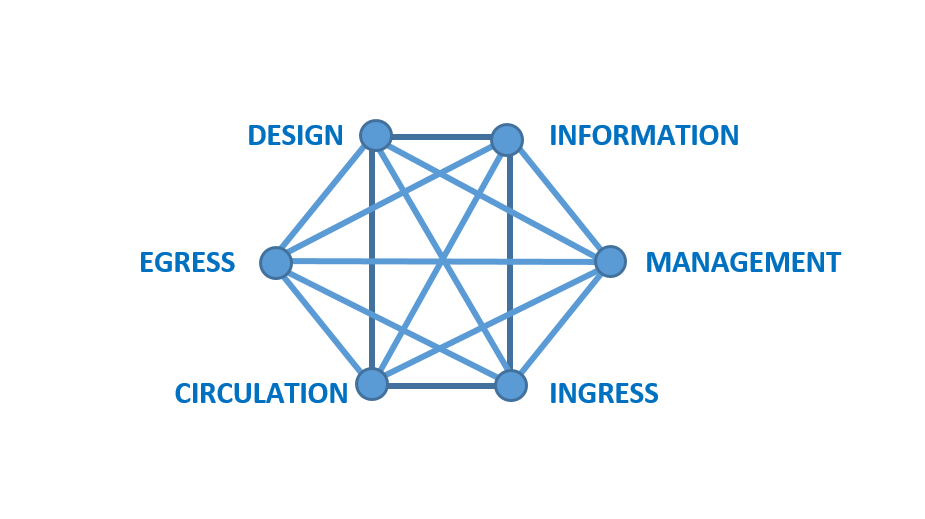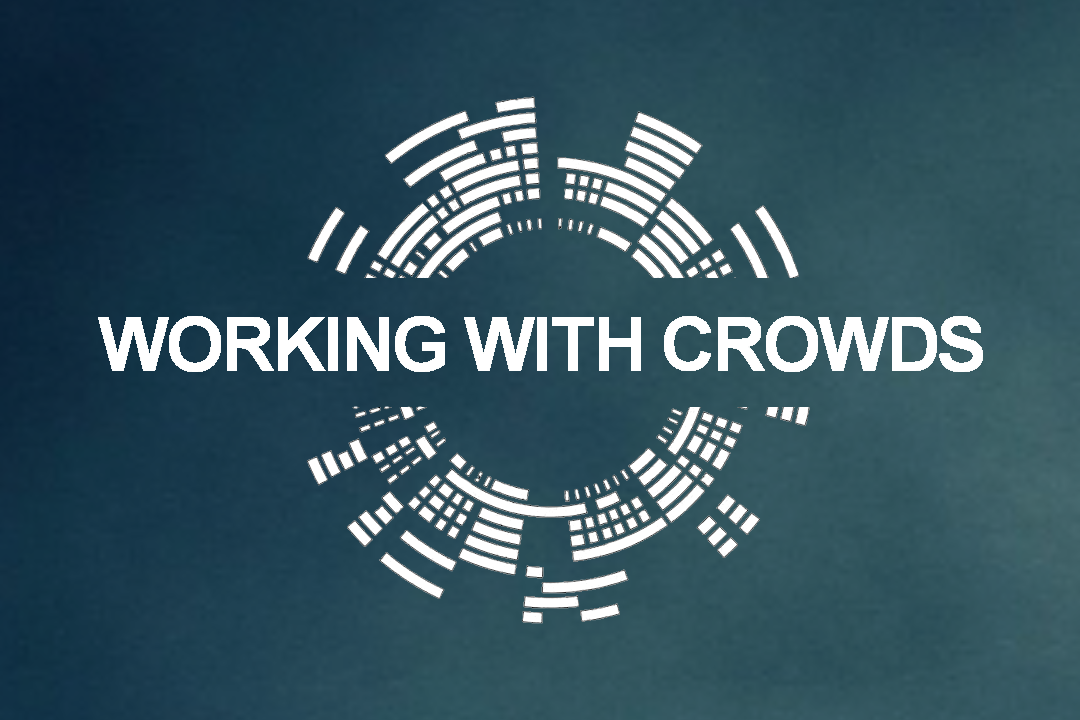Going back to underpinning knowledge
Whilst studying in the past few months, we went right back to the A, B, C’s. To reestablish the building blocks of what we understand about Crowd Management, Crowd Dynamics and Crowd Behaviour. A refreshing guided trip, confirming somethings that are well used, pushing forward on newer thoughts and providing confidence in trying out new things.
What came to light though, was what we had overlooked from the past. In our rush to find answers, it is common to get attracted to the shiny lights and popular ideas and shy away from those that take a bit of effort to understand. It is to this, that finally, we have seen the importance of this work and how embracing the system can provide a greater understanding of crowds.
Unless you go spending your spare time looking through academic journals, papers and a hell of a lot of time on Google Scholar (we are not saying we do this in any way shape or form), then chances are you will have missed what we are talking about. We originally came across this theory when reading through the Cabinet Offices Understanding Crowd Behaviours: Guidance and Lessons Identified, years back. But at a full 3 pages towards the end of 147 pages, it is easy to overlook.
Where we (the use of the word “we” is to describe a collective study group and at WWC) underwhelmed by the theories inclusion after all the rest of the guide being full of computers solving all our crowd problems and more in-depth descriptions of understanding crowd behaviour or did we just not notice? What we speak of is the Socio-Technical Systems Theory.
Thankfully, we have been given time to spend delving deeper into the theory and it has been refreshing to say the least. It is very easy to compartmentalise our processes of planning for crowded events; we carry our crowd dynamic assessments, risk assessments, introduce a crowd profile or delve a bit deeper into understanding our crowds, look at the latest tech solutions and stick them all in plans. But do we bring them all together in the proces

The interrelated factors involved in an organisational system (Challenger & Clegg, 2009), Understanding Crowd Behaviours: Guidance and Lessons
A deeper understanding is detailed in Crowd disasters: a socio-technical systems perspective, Rose Challenger and Chris W. Clegg. A balance of technology, process and human interaction and wants are brought together, allowing us to appreciate the complex interaction by each part. To say that this took a moment to sink would be an understatement. Even when we moved on to the Cabinet Office Understanding Crowd Behaviours: Supporting Evidence where a demonstration is provided of the risks at an event, does the way the theory works does it start to fall into place.
As we moved further into the research on the socio-technical system theory, Davis et al, introduced the external influences that can be involved in events, again we had another level to grasp and understand. We say understand as there is a lot more to plan for using socio-technilogical system theory. When we are planning, the use of simple to understand and well-established assessments of risk are commonly used, DIM-ICE Meta Modelling, RAMP Analysis, RAG risk assessments to name but a few.

Socio-technical system, illustrating the interrelated nature of an organizational system, embedded within an external environment. – Advancing socio-technical systems thinking: A call for bravery Matthew C. Davis , Rose Challenger, Dharshana N. W. Jayewardene & Chris W. Clegg
Taking our understanding of these assessments, we started looking into how socio-technological systems theory could be part of our toolkit during the planning stage. Part of this involved lots of mind maps, diagrams, dotted lines, arrows, highlighters and post-it notes. But we finally got to a point where it could comfortably form part of our planning process and enhance our understanding of crowded places.
Part of this understanding was to challenge what we had been doing week in week out and how to push ourselves forward. We are aware that there are others out there that have been expanding on the work of Still and modifying the DIM-ICE Meta Model and we came across our own way of looking at this in two forms. This is just a way that we came across a thought process by accident and in no way challenges the elegance of the model.
Firstly; by accident, we noticed that DIM- ICE can replace the grouping used by Challenger & Clegg, Process/ Procedures, Goals, People, Buildings/ Infrastructure, Technology and Culture.

Thought construction phase – working with crowds 2020
For us, this added a new dimension of looking at the model. Where Design, Information and Management are considered for Ingress, Circulation and Egress, we can now consider how the design of the space itself can relate to general information on the space, how to construct management plans for the areas design (stewarding plans) or what input management may have on information being provided.
This though is very much continuing to focus on the physical world. How can we introduce the human element to the system, where the physical, technical and human elements are all combined and can be considered together? Within this, we observed cross overs in the socio-technological system, DIM- ICE Meta Model and the Ramp Analysis; Design = Buildings/ Infrastructure, People = Profile, Management = Policies/ Procedures, so what do we get when we combine all the elements together?

Thought construction phase – working with crowds 2020
An interesting thought process that we must put a bit more work into and delve into the academic theory and framework details. Something for us at Working with Crowds to do over the coming months, years. Our ideas are slow to develop as we like to consider multiple points of view. Mind you, why make things complex when there are already solutions for us to use.
Let’s see what the future holds
Working With Crowds 23rd February 2020
Referencing
Understanding Crowd Behaviours: Guidance and Lessons
Cabinet Office Understanding Crowd Behaviours: Supporting Evidence
Crowd disasters: a socio-technical systems perspective Rose Challenger and Chris W. Clegg
Davis, M.C., Challenger, R., Jayewardene, D.N.W. & Clegg, C.W. (2014). Advancing socio-technical systems thinking: A call for bravery. Applied Ergonomics, 45(2A), 171-180
http://eprints.whiterose.ac.uk/83439/1/Applied%20Ergonomics%20Complete%20Manuscript%203-25.pdf
Still, G.Keith., 2013. Introduction to crowd science,
DIM-ICE risk model
http://www.gkstill.com/Support/WhyModel/dimice.html
RAMP Analysis







Comments are closed